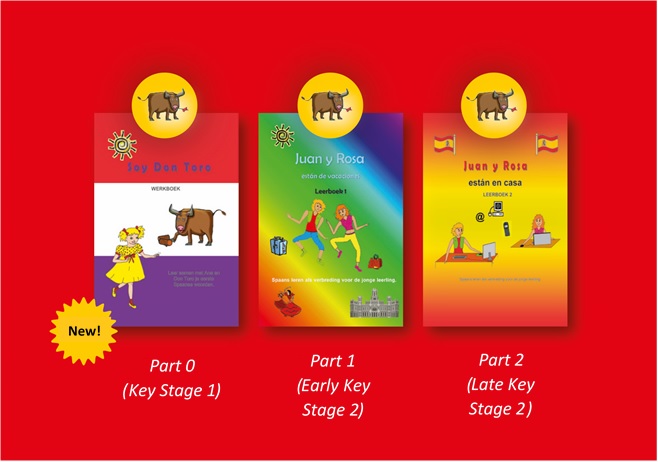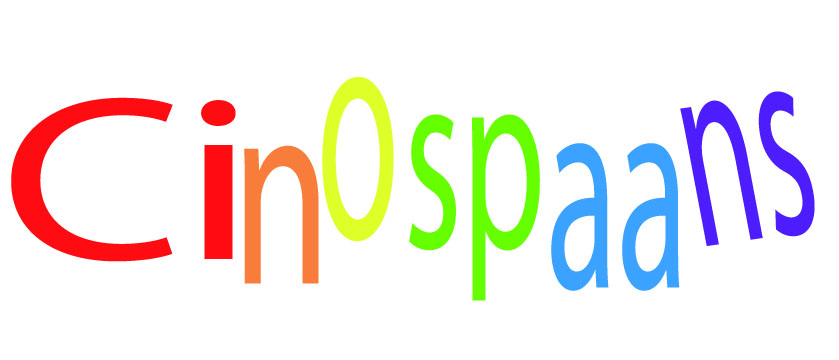Let’s go back in time to around 15 years ago. Imagine, for the first time, you as a parent are confronted with ‘intellectual giftedness’. Until that moment you had never even heard of the term. At the primary school that your child goes to, there is little knowledge about education specifically for highly intelligent children. What would you do…?
In my case, I gathered knowledge. I attended lectures about intellectual giftedness and I read and read and read as many books as possible about the subject: in relation to upbringing, school, sports, their thinking, emotions, perceptions, etc. I read about how they think, learn, gather information and wholeheartedly throw themselves into things, driven onwards by their inner engine, i.e. their motivation.
After gathering all that knowledge, I discovered that very few people actually understand highly intelligent children. My child was shut out, bullied, stigmatised and his true ‘self’ remained concealed. I followed my heart and tried to convey the knowledge I had gained. When I realised that not everyone was receptive to it, I tried to think of a different way to create understanding for highly gifted children. And who could be a better guide than my highly intelligent child himself?
For me as a lover of ‘learning new things’ this was the moment that sparked my idea of developing a new teaching method for Spanish (a world language yet not a compulsory part of the curriculum in Dutch primary schools). This method would give highly intelligent children the chance to show their true selves and their capabilities to their teachers and classmates. It would be a teaching method that involves making choices about learning at a faster or slower pace, or going deeper into a certain topic. By using this method, the highly gifted child would be able to reveal the delights of their imagination, their creativity and their enthusiasm for learning both to themselves and to the rest of the class. Meanwhile, the others would be able to share their skills, lines of reasoning and knowledge as well, thus learning from each other and learning to understand one another better. The teaching method should be made available to any pupil of any level.
I checked with experts on intellectual giftedness and education to hear whether the idea had a chance of succeeding. I started to learn Spanish myself and soon realised that a basic level of Spanish would be sufficient for me to create a teaching method. To ensure quality and correctness of the Spanish language, I would get it checked by university professors.
While creating the teaching method I consistently thought about highly gifted children, their responses and thoughts about the exercises. Thanks to all my research, I understood that:
- Choice options are important in the highly gifted child’s learning process – and are essential when learning in a classroom setting; each pupil should be able to learn at their own pace and level. Choice options have been incorporated in the teaching method, e.g. so that children can skip certain exercises or repeat them.
- Some highly gifted children may want to learn the language on a basic level only. They should encounter exercises that they do not want to miss because of the creative element; they should be encouraged to engage in these exercises. Such exercises form a part of this teaching method in unexpected ways.
- There should be exercises in the teaching method that require the child to use their analytical skills. In this method, the exercises contain connections to earlier and later chapters and the highly gifted child is challenged to think of logical next steps regarding the grammar.
- Highly gifted children like to have an overview of what they will be learning. Page 1 of each new chapter clearly communicates what will be expected of the pupil.
- Gifted children also benefit from working as part of a large group. Besides individual exercises and exercises for small groups, the method also includes assignments that challenge the whole group to work together, such as to act out scenes together or to make up and perform a song.
- Not every highly gifted child will want to learn an extra language, so the learning process should be enjoyable. I have tried to design this learning method to be both challenging yet playful and fun in line with young pupils’ way of thinking and learning.
The first part of the Juan y Rosa teaching method was completed and launched in 2005. It contains all the necessary elements to teach the highly gifted child something new, with a focus on applying the theory in practice. In addition, the method strives to make highly gifted children part of the group rather than isolating them, combining exercises that require pupils to work together with the challenge to perform and achieve individually. This enables a highly gifted child to showcase their talents in their own way. It allows every pupil in the group to learn Spanish at their own pace and level, and to take responsibility for their own progress in learning this new language.

Juan y Rosa
Confident in my own inspiration for this teaching method, I continued to develop this product and – backed up by the experiences of the people who are working with it in practice – I am heartened to see it achieve the success and the status it deserves. The teaching method now consists of three parts and is currently being translated for the English-speaking market so that many more classes of pupils can learn Spanish with Juan y Rosa. For me, the pinnacle of achievement would be if the highly intelligent child is no longer isolated from the group but can instead learn Spanish (and other subjects) together with the rest of the class based on a teaching method that adapts to suit everybody’s needs. Only by working together can every pupil have the chance to learn more about themselves in relation to others. Children need each other to act as mirrors in order to help them understand themselves and others. Only through such interaction will highly gifted children come to be respected for their uniqueness, rather than being stigmatised.

Information about the teaching method can be found on this site (www.juanyrosa.com).


